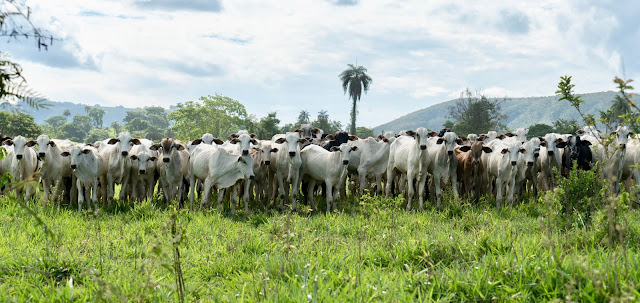Zoonotic disease risk linked to human land use management

Nature Cattle in the Amazon. An Adobe photo. Human-managed ecosystems harbour more hosts of zoonotic disease than undisturbed habitats, a Nature study reveals. The research highlights the need for enhanced surveillance of agricultural, pastoral and urbanizing ecosystems, and to consider the disease-related health costs associated with land use and conservation planning. Zoonotic diseases, such as Ebola, Lassa fever and Lyme disease, are caused by pathogens that spread from animals to people. It is widely accepted that land use change — for example, the conversion of natural habitats to agricultural land or cities — influences the risk and emergence of zoonotic diseases in humans, but whether this is underpinned by predictable ecological changes has been unclear. Kate Jones and colleagues analysed 6,801 ecological systems and 376 host species worldwide to show that land use has global and systematic effects on local zoonotic host communities. There are more species and greater numbers o








